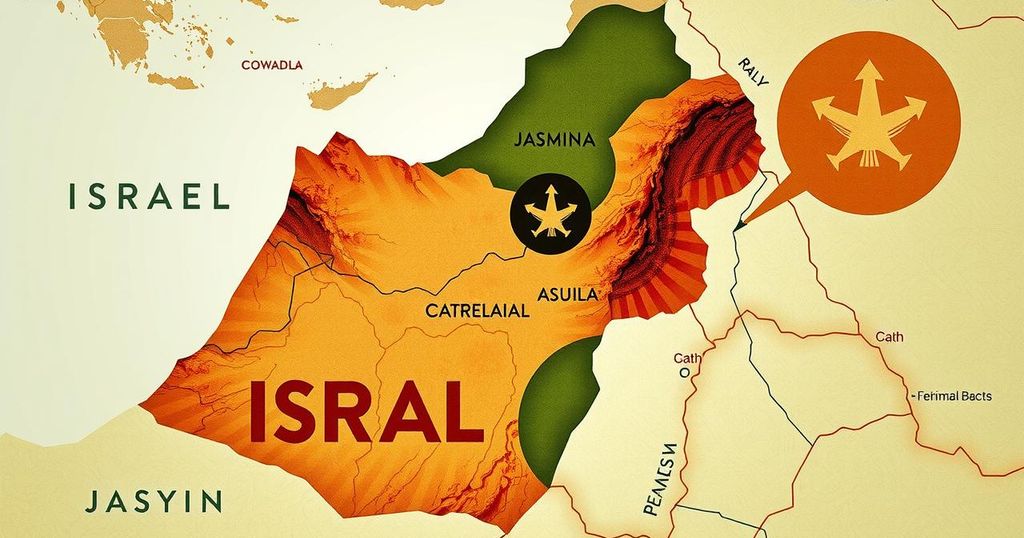A Russian delegation visited Israel for discussions with Israeli, US, French, and Lebanese officials, leading to the creation of joint working groups to address regional instability. Key topics include the Blue Line demarcation and the release of Lebanese prisoners. Concurrent military activities by the IDF continue in Lebanon and Gaza amid rising tensions with the Houthis, alongside urgent humanitarian concerns in Gaza regarding water and infrastructure shortages.
On March 11, a Russian delegation visited Israel amidst significant talks in Naqoura, Lebanon, involving representatives from Israel, the United States, France, and Lebanon. These discussions led to the formation of three joint working groups aimed at stabilizing the region. Key issues addressed include Israel’s control over southern Lebanon, the Blue Line discussions, and the status of Lebanese prisoners held by Israel.
Five Lebanese prisoners were released to the Red Cross, which allowed Lebanon to initiate discussions regarding the demarcation of its land border with Israel, focusing on 13 disputed points along the Blue Line. US envoy Morgan Ortagus hailed the meeting’s productive nature, stating, “We have started diplomatic working groups that will work to resolve the issues between Lebanon and Israel, such as the Blue Line and others.”
Turkey is set to host a summit next month to present plans for a joint operations center against the Islamic State, with Lebanon, Iraq, Syria, Jordan, and Turkey participating. Concurrently, the IDF asserted it had targeted and killed the head of Hezbollah’s aerial operations, Hassan Ezzidine, stationed north of the Litani River.
In relation to regional military positioning, Israeli Defense Minister Katz confirmed the IDF’s presence remains constant, now extending 80 km into Syria, reaching the outskirts of Damascus. Preparations are underway as the IDF readies for potential Houthi rocket and drone attacks against Israel, following Houthi announcements concerning resuming attacks against Israeli vessels in response to the ongoing blockade regarding humanitarian aid to Gaza.
Fresh military movements involve the arrival of a second Russian military aircraft in Syria and visits from Druze leaders to Israel. The Israeli military has received instructions to prevent any Syrian military entrenchment beyond a 65-kilometer perimeter, effectively limiting the introduction of advanced weaponry by Syrian forces.
Targeted operations continue in South Lebanon, including an attack near Naqoura and increased activities by Israeli jets and drones in the region. The IDF also engaged in significant operations in Gaza, where up to 1,300 violations were reported amidst the severe impacts on local infrastructure, including the halting of desalination plants.
The ongoing conflict has significantly diminished fresh water sources in Gaza, with an estimated 70% reduction, as fuel shortages cripple operations. The devastation has led to widespread access to unsafe water for residents, as the situation deteriorates further, underscoring the humanitarian crisis in the region.
In summary, recent developments indicate ongoing tensions and military engagements in the region involving Israel, Lebanon, and other neighboring states. Diplomatic efforts have emerged, including the establishment of joint working groups and new negotiations concerning territorial disputes. However, ongoing military actions and humanitarian crises, particularly in Gaza, raise severe concerns about the region’s stability and the well-being of its inhabitants.
Original Source: www.agcnews.eu




